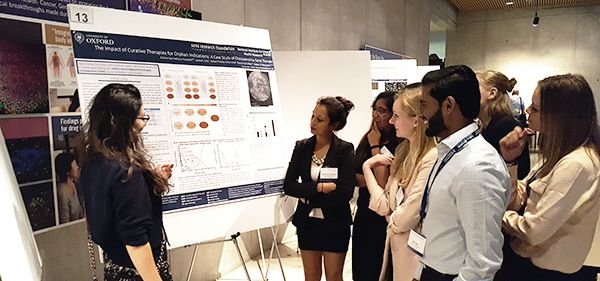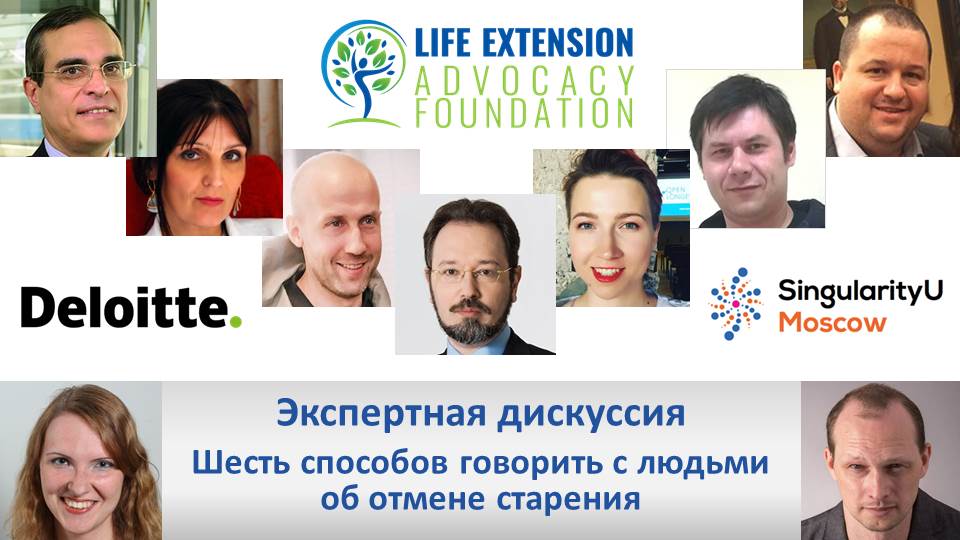The November SENS Research Newsletter is out if people want to see what Aubrey and Co. are up to.
SENS Research Foundation email newsletter from 1st November 2017.


https://www.lifespan.io/campaigns/mouseage) and if we can reach $17300 another $2000 will be donated from the fund match. We would like to thank all the amazing people who have donated, including:
Stella Wang, David Munger, Crystal Falls, Maxime Handfield Lapointe, Michael Reed, Melle Hsing and José Ruíz you are all heroes!

Atherosclerosis is the number one killer in the world, and science is working on solutions to combat this age-related disease. A new mouse study has shown that the drug trodusquemine can melt away the accumulated arterial plaques that lead to heart attacks and strokes.
What is Atherosclerosis?
Atherosclerosis is an age-related disease in which toxic, oxidized cholesterol deposits in the bloodstream produce inflammation in arterial walls. This causes macrophages to swarm to these fatty deposits to clear up this toxic waste.
What if we could stop aging forever?
Thanks so much for help with the video to Lifespan.io. Check them out and learn how you can get active here:
Lifespan.io
facebook.com/LifespanIO
https://www.leafscience.org/blog/
Kurzgesagt Newsletter: http://eepurl.com/cRUQxz
Support us on Patreon so we can make more videos (and get cool stuff in return): https://www.patreon.com/Kurzgesagt?ty=h
Kurzgesagt merch: http://bit.ly/1P1hQIH
The folks at Kurzgesagt have created another great video about aging and thanks to them for giving us the opportunity to work with them in creating this video. If you would like to support our work check out (https://www.lifespan.io/campaigns/join-us-become-a-lifespan-hero/).
The video today discusses the near future technologies that are changing how we treat aging and could potentially bring it under medical control soon. It is important to discuss this topic now and its great to see popular channels like Kurzgesagt are keen to get involved in that dialogue.

Understanding the factors that control aging has been one of humanity’s endless pursuits, from the mystical fountain of youth to practical healthful regimens to prolong life expectancy.
A team of scientists at the University of California San Diego has helped decipher the dynamics that control how our cells age, and with it implications for extending human longevity. As described in a study published in the Proceedings of the National Academy of Sciences, a group led by biologist Nan Hao employed a combination of technologies in engineering, computer science and biology to analyze molecular processes that influence aging.
As cells age, damage in their DNA accumulates over time, leading to decay in normal functioning and eventually resulting in death. A natural biochemical process known as “chromatin silencing” helps protect DNA from damage. The silencing process converts specific regions of DNA from a loose, open state into a closed one, thus shielding DNA regions. Among the molecules that promote silencing is a family of proteins—broadly conserved from bacteria to humans—known as sirtuins. In recent years, chemical activators of sirtuins have received much attention and are being marketed as nutraceuticals to aid chromatin silencing in the hopes of slowing the aging process.

Thank you to everyone who took part in Longevity Month 2017!
Over the past few years, there has been a tradition of longevity researchers and activists around the world to organize events on or around October 1 — the UN International Day of Older Persons, or Longevity Day. In recent years, this has been extended to include the entire month of October as a Longevity Month, in which activists organize various activities and events to raise awareness for aging research.
This year, we have continued the tradition with our Longevity Month “I am the Lifespan” event, where people tell us their stories and how they got interested in aging research and doing something about age-related diseases. We are pleased to say that the response to our Longevity Month event has been a great success, with lots of videos being sent in by people from the community. We have been showcasing them on our Facebook event page during the last few weeks, and as the event has now ended, we wanted to share a few more with you and tell you a little bit about some of the participants.

Why eradicating age-related diseases through rejuvenation biotechnology is probably not going to result in ever-living tyrants.
Suppose there was a country ruled by an evil dictator. Further, suppose the entire world was plagued by a terrible disease affecting 100% of the population. The disease isn’t infectious, but it is congenital. It progresses extremely slowly over the course of several decades, but it eventually ends up severely impairing one’s quality of life, and it is always fatal; it’ll take its own sweet time to kill a patient, but it always will, and it isn’t going to be fun.
If it was suggested that a cure for this disease should not be developed so that we could be sure the aforementioned dictator will eventually pass away, would you agree? Would your answer change if you lived in that country?
If I had to bet on your answers, my money would be on “no way” for both questions, and your reasons would probably be not too different from mine below.

The Life Extension Advocacy Foundation, in collaboration with Singularity University Moscow Chapter and consulting group Deloitte, is hosting in Moscow an expert discussion on how to inform society about the potential and the advancement of gerontology and preventive medicine.
Life Extension Advocacy Foundation, in collaboration with Singularity University Moscow Chapter and consulting group Deloitte, are hosting in Moscow an expert discussion on how to inform society about the potential and the advancement of gerontology and preventive medicine. These experts believe that attracting people’s attention to the capabilities of medical technologies to prevent aging might help extend the healthy period of life and significantly decrease morbidity from age-related diseases.
The panel discussion “6 ways to talk to people about ending aging” will bring together famous futurists, scientists, science popularizers and public figures who foster the dissemination of the idea to prevent aging in Russia and other countries.
Jose Luis Cordeiro, fellow of the World Academy of Art and Science (WAAS), director of life extension advocacy organization Humanity Plus.
Dr. Aubrey De Grey is a biomedical gerontologist and the Chief Science Officer at SENS Research Foundation, a biomedical charity that funds research dedicated to combating aging. His research interests encompass the characterization of all the accumulating and eventually pathogenic molecular and cellular side-effects of metabolism (“damage”) that constitute mammalian aging, and the design of interventions to repair and/or obviate that damage. In line with his research, De Grey gave a talk at The Aspen Abu Dhabi Ideas Festival focusing on “Rejuvenating Biotechnology: Why age may soon cease to mean aging”.
In March 2017, the Aspen Abu Dhabi Ideas Forum welcomed some of the brightest and most interesting minds from the UAE and around the world to discuss four of the most important moonshot challenges facing our planet. The event was inspired by the world-famous Aspen Ideas Festival that has been taking place in Colorado since 2005, as a place for scientists, artists, politicians, business leaders, historians and educators to discuss some of the most fascinating ideas of our time. The 2017 Aspen Abu Dhabi Ideas Forum topics included: “System Shock: Calming the ‘politics of anger’”, “Beyond GDP: Targeting ‘all-in’ human welfare”, “Health: Extending the healthy human lifespan” and “Space: Living Sustainably beyond Earth”.